Pharma marketing: 10 Types, Benefits & Examples
Pharma marketing is a multifaceted approach aimed at promoting drugs and medical products to healthcare professionals (HCPs) and raising health awareness to patients. In this comprehensive guide, we’ll delve into the various types of pharma advertising, their benefits, and provide examples to illustrate each approach.



Types of Pharma marketing
Mechanism of Action (MOA) Videos
Mechanism of Action (MOA) videos are educational tools designed to explain how a drug works within the body. These videos are typically targeted at healthcare professionals (HCPs) such as doctors, pharmacists, and medical students and can really help in pharma marketing.
Benefits:
- Educational: MOA videos provide detailed insights into the biochemical pathways and physiological effects of a drug, aiding healthcare professionals in understanding its mechanism of action.
- Promotional: By showcasing the efficacy and unique features of a drug, MOA videos serve as promotional tools for pharmaceutical companies.
Example: MSN labs MOA video for Vormind (Vortioxetine), a drug used to treat depression, explains its mechanism of action in detail, highlighting its efficacy in reducing depression with less side effects.
Video – Glu Studios
Patient Support Programs
Pharma marketing also includes Pptient support programs which are initiatives launched by pharmaceutical companies to provide assistance, resources, and support to patients managing chronic diseases or undergoing specific treatments.
Benefits:
- Empowerment: These programs empower patients by offering education, guidance, and emotional support, enabling them to better manage their health conditions.
- Adherence: By providing tools, reminders, and financial assistance, patient support programs help improve medication adherence and treatment outcomes.
AI Chatbots for Healthcare
Another important aspect of pharma marketing are Health-oriented chatbots which are AI-powered tools that provide instant responses to users’ health-related queries and concerns. They are primarily targeted at patients seeking information about symptoms, treatments, or general health advice.
Benefits:
- Accessibility: Chatbots offer round-the-clock availability, allowing patients to seek guidance and information at their convenience.
- Convenience: They provide quick and accurate responses to common health queries, reducing the need for immediate medical consultation.
Example: Lupin’s chatbot “ASK ANYA” assists users in understanding their symptoms, providing health recommendations, and explaining patients about their medical problems.
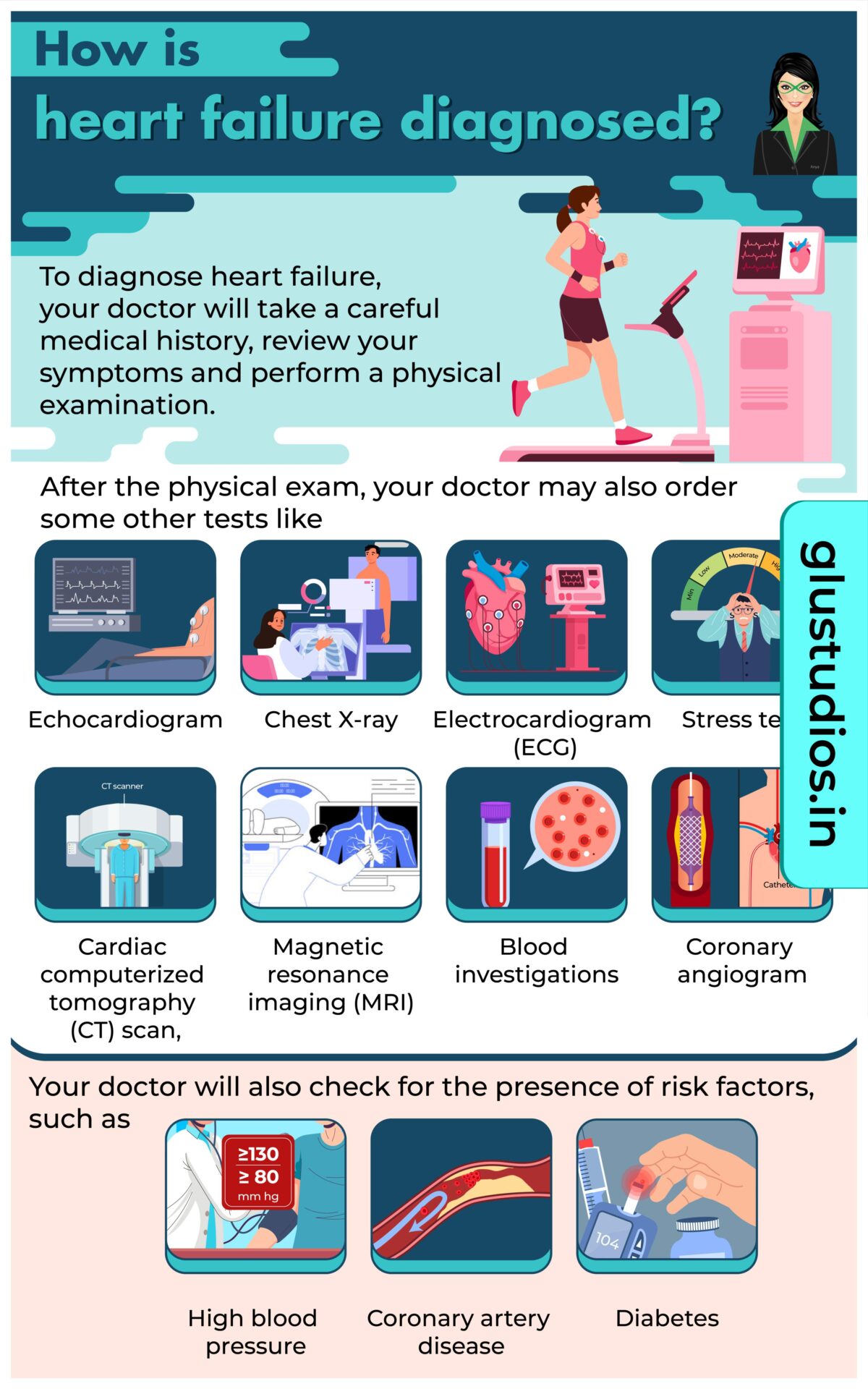


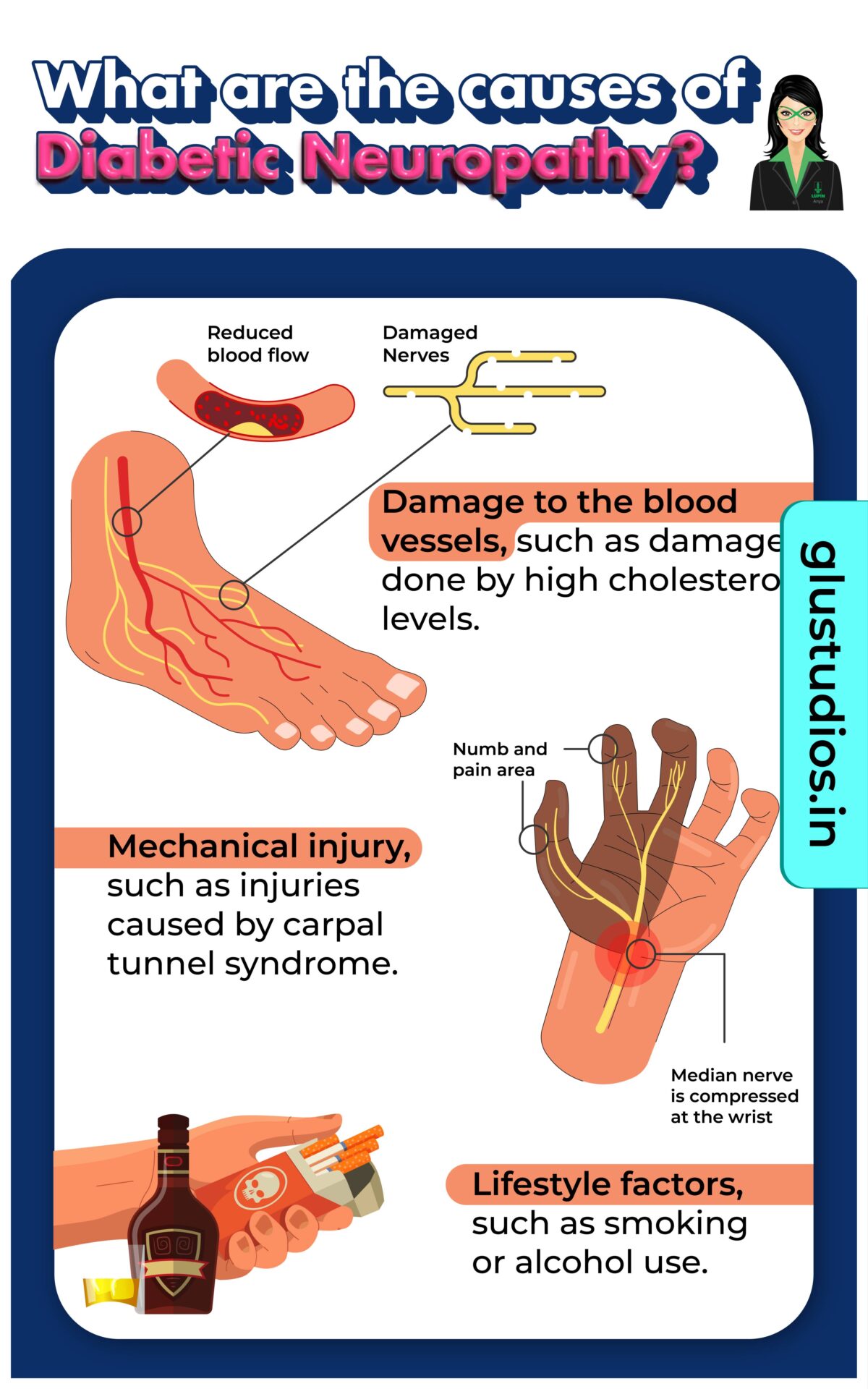





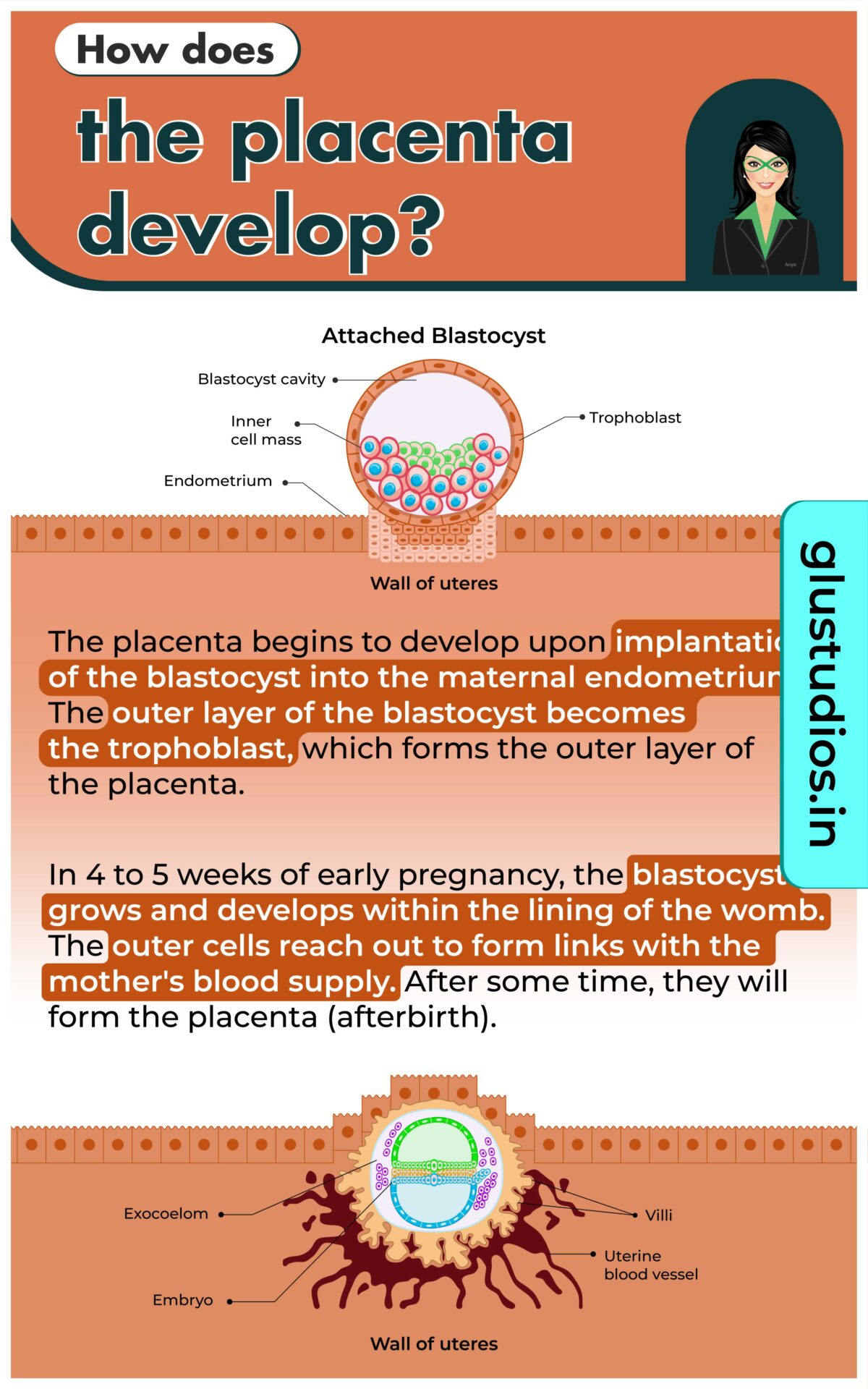


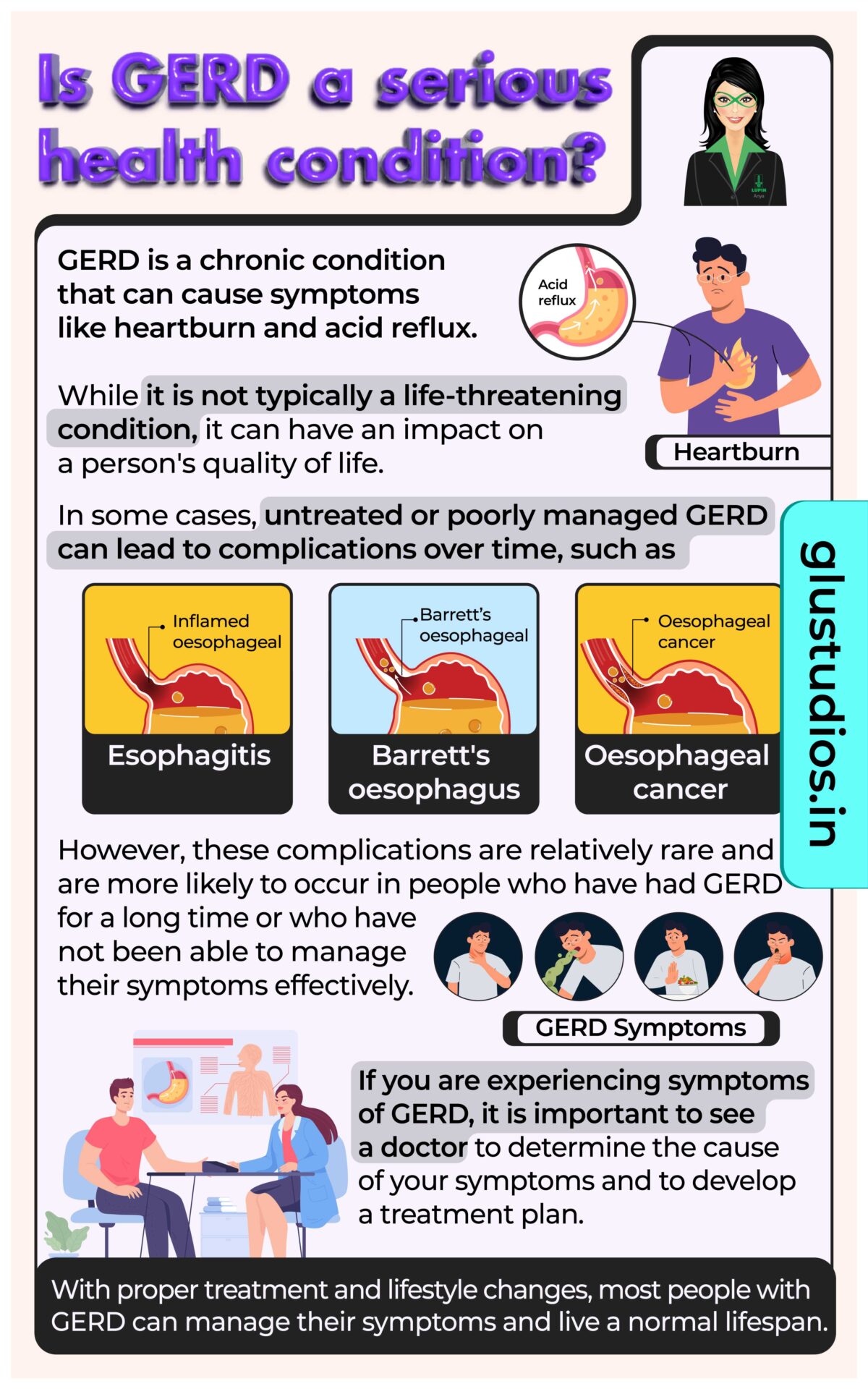





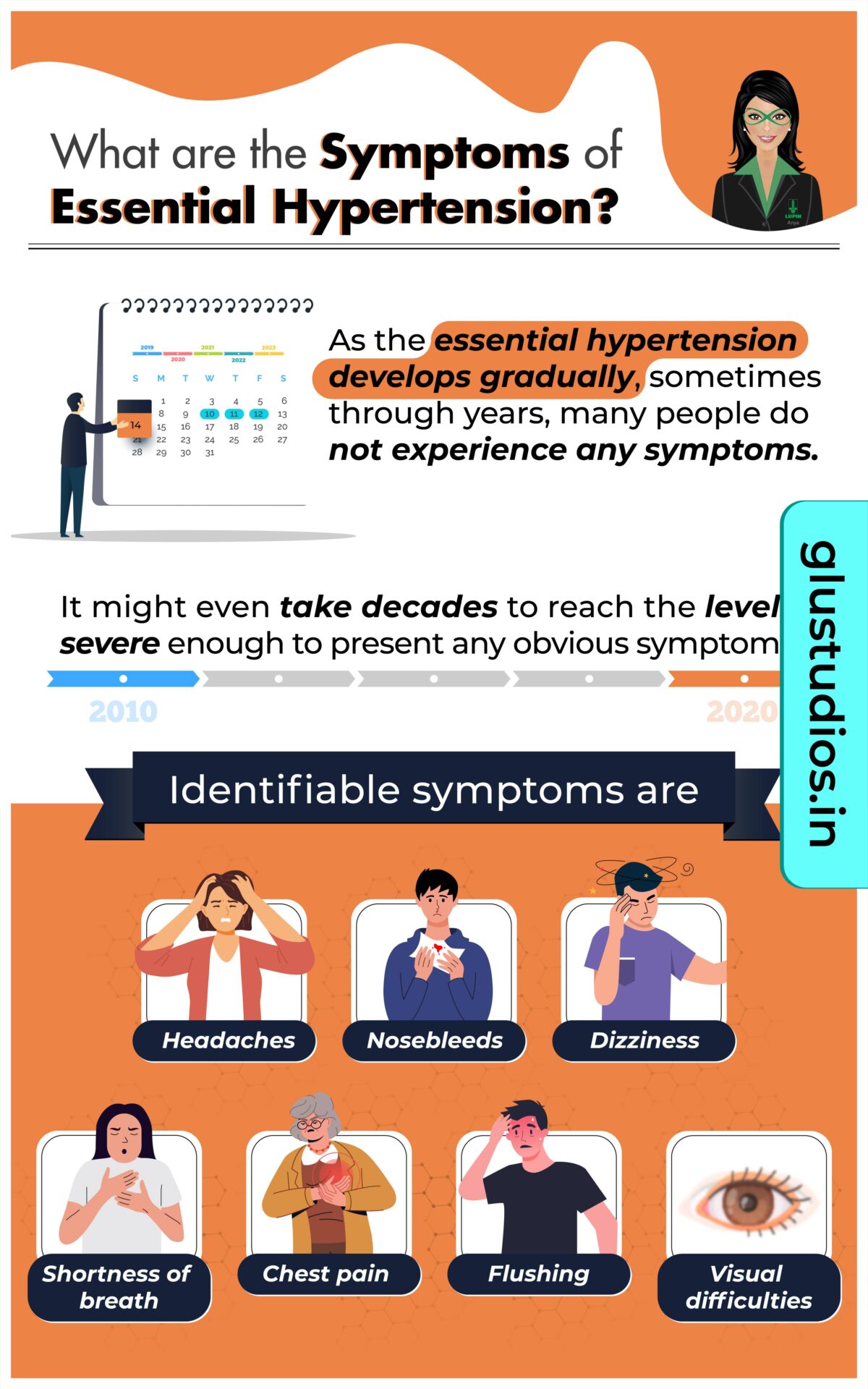














Leave Behind Literature (LBL)
Pharma marketing has traditionally relied on Leave behind literatures (LBL) which consists of printed materials provided to healthcare professionals during sales visits or educational sessions. These materials contain detailed information about pharmaceutical products, including indications, dosages, side effects, and clinical data. From our experience we recommend making the LBL based on a theme so that brand remembrance is possible for the target doctors.
Benefits:
- Informational: LBLs offer comprehensive information about a drug, allowing healthcare professionals to make informed decisions about its use.
- Reminder: They serve as a reference for healthcare professionals when discussing treatment options with patients, reinforcing key messages about the product.
Example: Cipla’s LBL for NOVA-D (Pregabalin and duloxetine) includes prescribing information and clinical trial data to support healthcare providers in managing Neuropathic pain. The theme for this LBL was chess as the Drug contained 2 molecules. In game of chess, its impossible to defeat the opponent with one piece and for checkmate its essential to have 2 pieces. Similarly, combination molecule (Pregabalin + Duloxetine) is essential in reducing neuropathic pain.
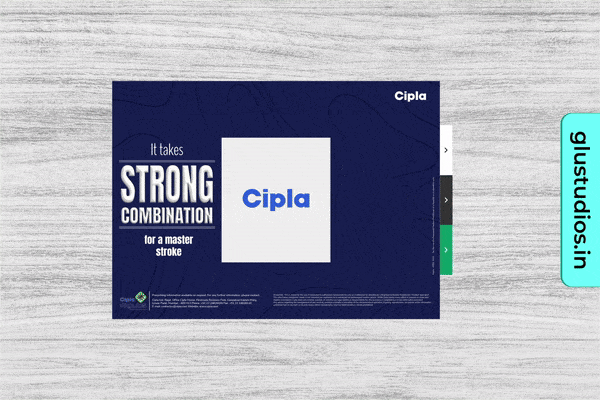


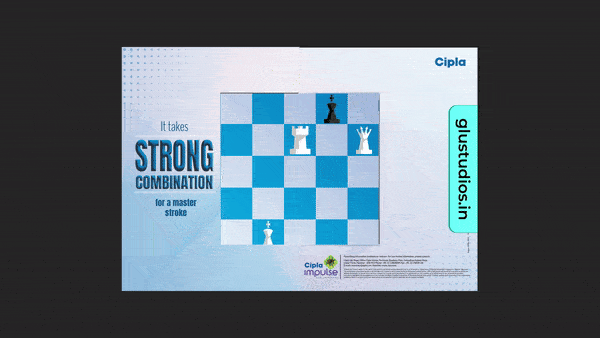


Product Marketing
Product marketing in the pharma marketing involves promoting specific drugs or medical products to healthcare professionals through various channels such as videos, graphics and online platforms.
Benefits:
- Awareness: Product marketing campaigns raise awareness about the availability, benefits, and unique features of a pharmaceutical product among healthcare professionals.
- Differentiation: They highlight the advantages and efficacy of the product, distinguishing it from competitors in the market.
Example: Cipla’s marketing campaign for Mucinac C emphasizes on its mechanism of action, clinical benefits, and need for Mucinac C in patients with lung diseases.
Promotion of Mucinac C was carried out in clinic and on closed group social media platforms but Glu Studios.
Social Media Marketing
Social media platforms offer pharmaceutical companies an opportunity to engage with patients, caregivers, and healthcare professionals through educational content, disease awareness campaigns, and promotional materials. Its an excellent approach for pharma marketing as it caters not only doctors but also patients.
Benefits:
- Engagement: Social media marketing facilitates interaction, feedback, and community building among patients, caregivers, and healthcare professionals.
- Education: It disseminates health-related information, updates, and resources to a broad audience, promoting disease awareness and health literacy.
Example: Alniche life sciences and Glu Studios collaborate to engage patients and caregivers by sharing informative content on social media and raising health awareness. With such campaign, they were able reach 90+ Lakh people on instagram within 4 months. Content was shared by celebs like Varun Dhawan, Grazia India and lakhs of people.
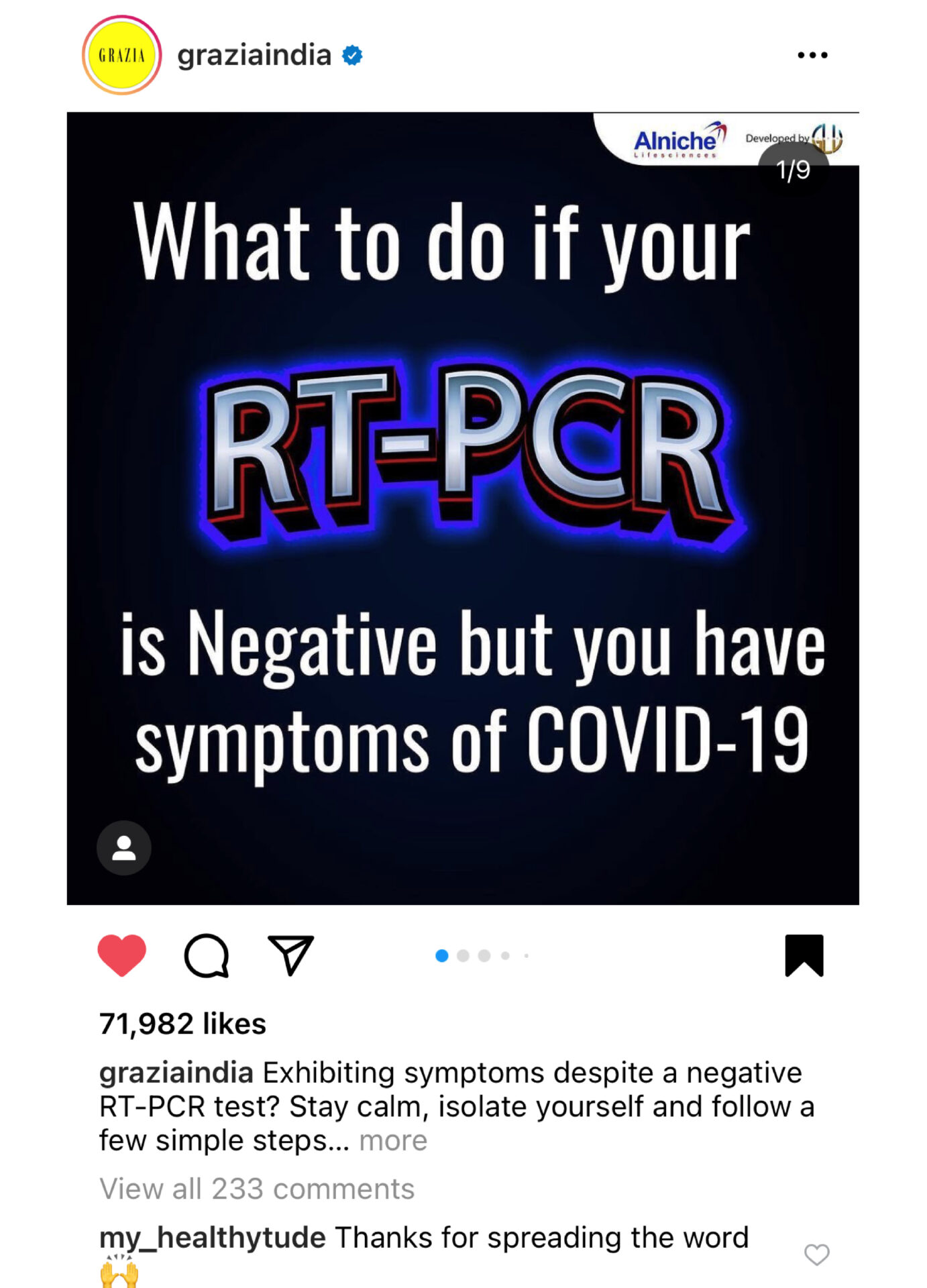


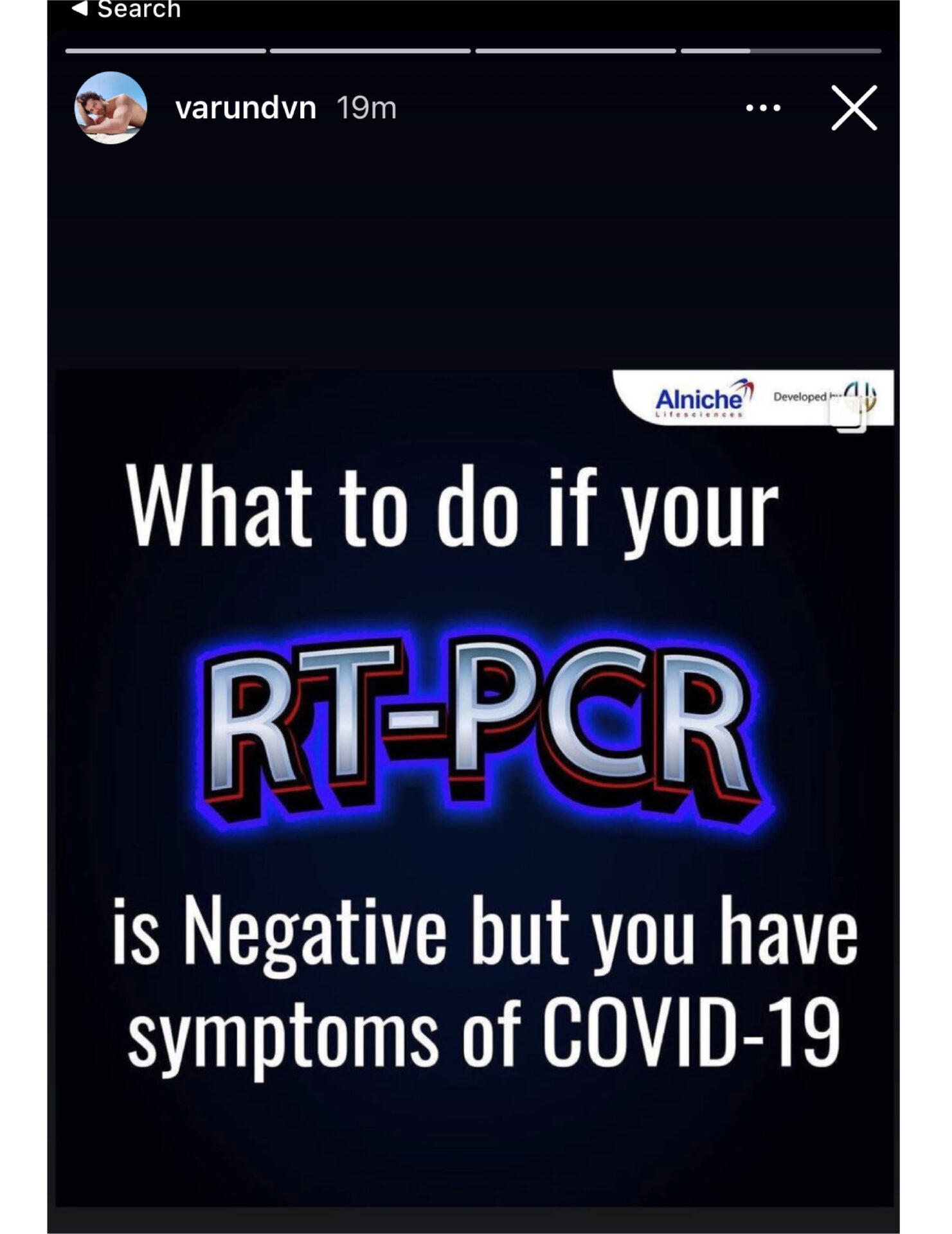


Gamification
Pharmaceutical companies utilize gamification for pharma marketing which provides educational content, interactive experiences, and branding to target doctors seeking information about health conditions and treatment options.
Benefits:
- Education and Engagement: Gamified apps deliver information in an engaging and accessible format, enhancing understanding and retention among doctors. It makes doctors understand the benefits of molecule and also helps in making the content interesting.
- Behavioral Change: Gamification elements motivate doctors to prescribe the brand to patient’s treatment plans as they remember the brand name and understand the functioning of the molecule.
Example: We made a gamified visual aid for Cipla’s drug NOVA-D based on chess theme. Since, it was a gimmicky game, we made sure that doctors win the game in 3 steps by checkmating the opponent which symbolized the main theme of the brand NOVA-D i.e. 2 molecules are required for eliminating pain.
Email Marketing
Email marketing campaigns allow pharmaceutical companies to deliver targeted messages, updates, and educational materials directly to the inbox of healthcare professionals and patients and can help in pharma marketing of your brand
Benefits:
- Personalization: Email marketing enables companies to tailor content based on recipients’ interests, specialties, or previous interactions, enhancing relevance and engagement.
- Timeliness: It delivers timely updates, educational resources, and promotional offers, keeping healthcare professionals and patients informed about new developments and treatment options.
Example: Pfizer’s email newsletter for healthcare professionals provides updates on new drug approvals, clinical studies, and educational resources related to various therapeutic areas, including oncology, cardiology, and immunology.
Videos
Videos are perfect tool for pharma marketing. With videos, you can do wonder and convey an important message about the brand in a very simple yet effective way. Multiple types of video can be used for pharma marketing like short videos, gifs, full length videos etc. Videos can be used to to convey a message, explain mechanism of action, highlight the safety aspect of the molecule, its effectiveness, manufacturing superiority, comparison of 2 molecules etc.
As an example, we at Glu studios created a molecular comparison video between 2 molecules for one of our pharma client – MSN labs.
Its impact on the mind of treating physician is immense as the HCP understands the benefits of the molecule and gains confidence in prescribing it to the patient.
Webinars/ Edited Webinars
Pharmaceutical companies host webinars to educate healthcare professionals about new treatments, research findings, and clinical best practices, as well as to facilitate discussion and knowledge exchange as this is helpful in pharma marketing of prescription products.
Benefits:
- Continuing Education: Webinars offer healthcare professionals convenient access to expert insights, medical updates, and professional development opportunities.
- Interaction: They provide a platform for live Q&A sessions, case discussions, and peer-to-peer learning, fostering collaboration and engagement among participants.
Cons:
without physical interaction these webinars can be boring as they can too long and information shown by the host can get blurry due to bad internet connection which can lead to people leaving the online webinar.
Solution :
Make short 7 to 8 minutes videos of the webinar after video editing and send the video to the target doctors.
Example: Sun Pharma conducted webinars and wanted to consume content at their ease. So, we converted long 90 minutes webinars into multiple byte size content so that target doctors can gain information at their ease. For this, we (Glu Studios) trimmed the webinar based all the important discussions that happened and edited them so that target doctors and consume the content easily.
Benefits of Pharma marketing
Pharma marketing offers numerous benefits to patients, healthcare professionals, and pharmaceutical companies:
- Improved Patient Outcomes: By providing education, support, and access to resources, pharmaceutical advertising empowers patients to better manage their health conditions, leading to improved adherence to treatment plans and better health outcomes.
- Increased Awareness: Advertising campaigns raise awareness about diseases, treatment options, and available support services, reducing stigma, and encouraging early detection and intervention.
- Supporting Healthcare Providers: Pharmaceutical advertising equips healthcare professionals with the information, tools, and resources they need to make informed decisions, deliver quality care, and improve patient outcomes.
- Revenue Generation: Effective advertising drives product sales, contributing to the financial sustainability of pharmaceutical companies and enabling continued investment in research, development, and innovation.
In conclusion, pharmaceutical advertising plays a vital role in educating, engaging, and supporting both patients and healthcare professionals. Through a diverse range of channels and strategies, it contributes to better health outcomes, increased disease awareness, and the advancement of medical science


